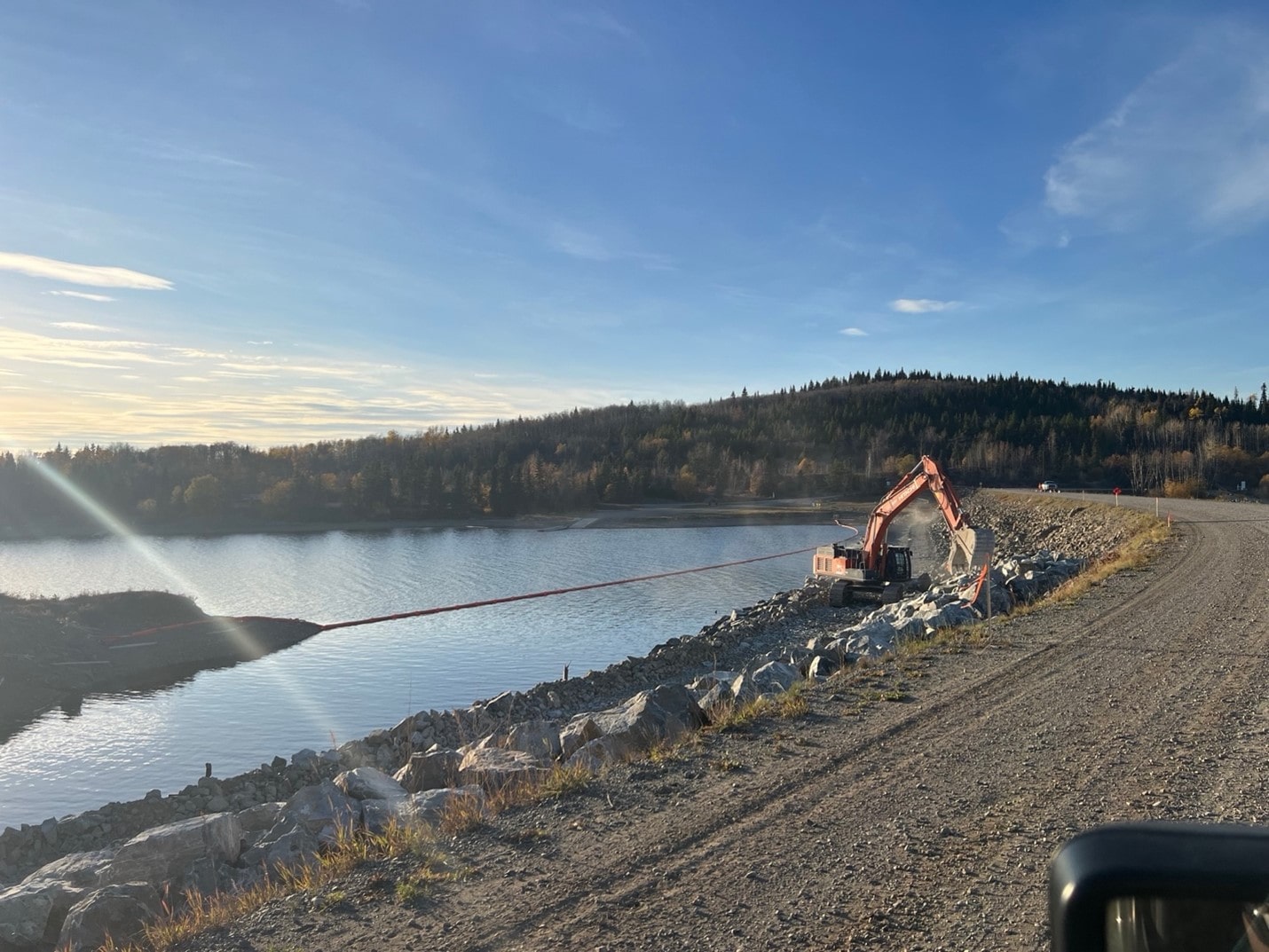
Spillway management and maintenance are critical components in the safeguarding of hydraulic structures and the surrounding environments. The importance of these activities cannot be overstated, as they are instrumental in ensuring the structural integrity and operational efficiency of dams and reservoirs. Spillways, specifically, are designed to provide a controlled pathway for excess water to pass safely downstream, preventing overtopping of the dam which could result in catastrophic failures and flooding.
The necessity of regular spillway management is rooted in the prevention of erosion and structural damage. Over time, spillways can suffer from wear and tear due to fluctuating weather patterns, hydrostatic pressures, and the relentless flow of water, potentially leading to cracks, undercutting, and even sinkholes. Such damage not only poses immediate threats to the spillway itself but also jeopardizes the entire dam structure. By conducting routine inspections and maintenance, issues can be identified and remedied before they escalate into serious problems.
Maintenance activities often include the removal of debris, vegetative growth, and sediment accumulation which can obstruct the flow of water and reduce the spillway’s capacity. Regular maintenance ensures that the spillways can handle high-flow events, and the water can be safely released to maintain the reservoir at safe levels. Additionally, the use of modern materials and technologies in the repair and reinforcement of spillways has become increasingly important in extending their lifespan and improving their resilience against extreme events, such as severe storms and floods.
In spillway management, the integration of hydrological and hydraulic assessments is vital. These assessments help in understanding and predicting the performance of spillways under various scenarios, informing the development of robust maintenance schedules and emergency action plans. Moreover, it’s imperative to consider the environmental impacts of spillway flows, as uncontrolled releases can lead to habitat destruction and water quality issues downstream. Through diligent management and maintenance, the ecological footprint of spillway operations can be minimized.

The implementation of a comprehensive spillway management and maintenance program serves as an investment in infrastructure safety and longevity. It is a proactive measure that not only safeguards against potential disasters but also underscores a commitment to environmental stewardship and community safety.
Cheslatta Contracting, through its dedicated services, has repeatedly underscored the essence of such an approach. With an impressive track record of handling spillway projects, this company has stood at the forefront of ensuring that these crucial infrastructures are kept in pristine operational condition. Their expertise in navigating the complexities of hydraulic engineering, along with their unwavering commitment to safety and quality, has made them an indispensable ally in the management of water resources.

In supporting the Rio Tinto infrastructure projects, Cheslatta Contracting has not just displayed an acute understanding of the technical demands but has also exhibited a deep respect for the environmental and social implications of spillway management. The company’s efforts in maintaining the spillway are reflective of its larger ethos—a testament to its role as a reliable and trusted general contractor, steadfast in its dedication to safeguarding both human and natural communities against the unpredictable forces of nature.